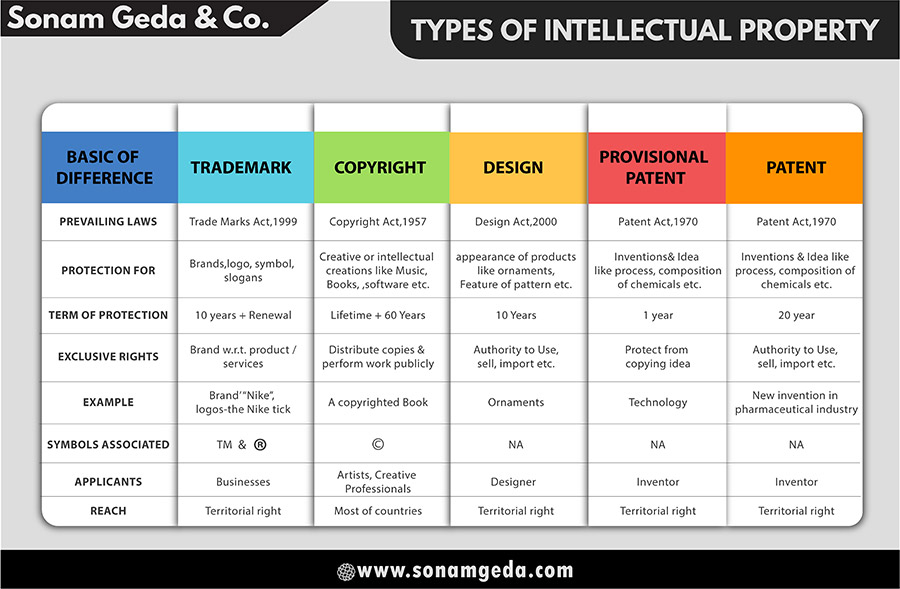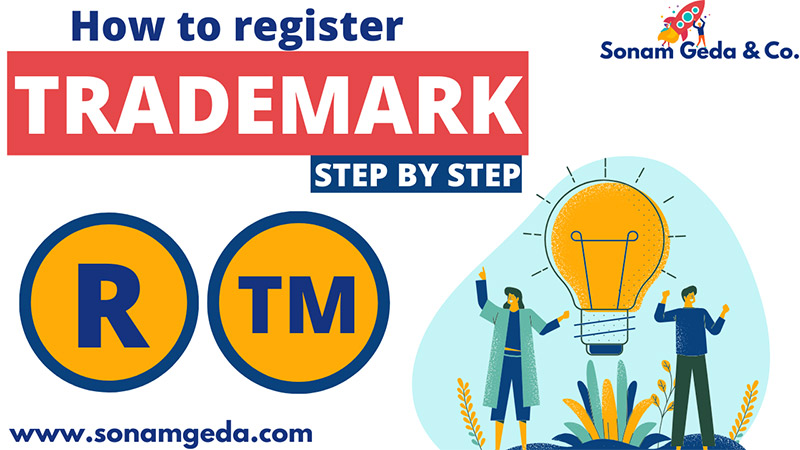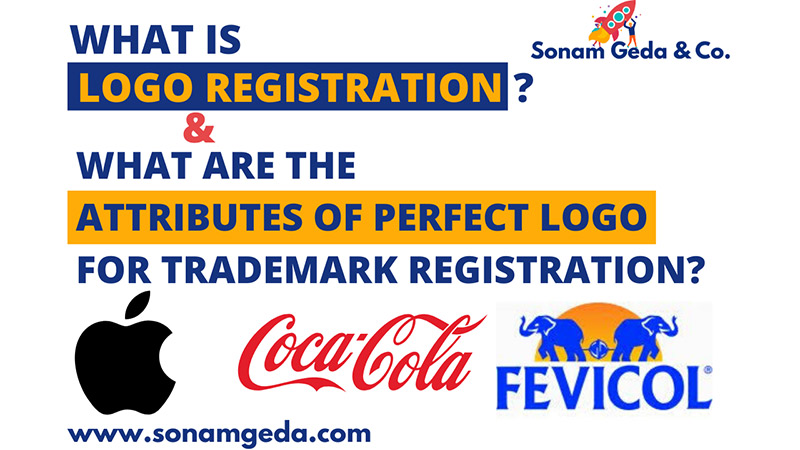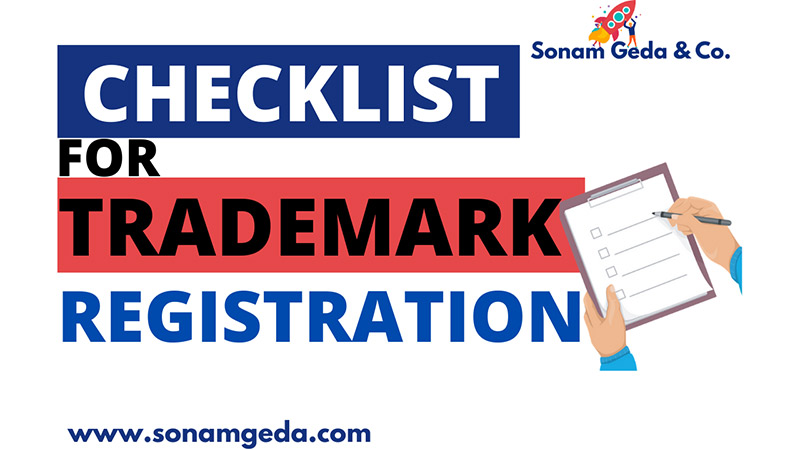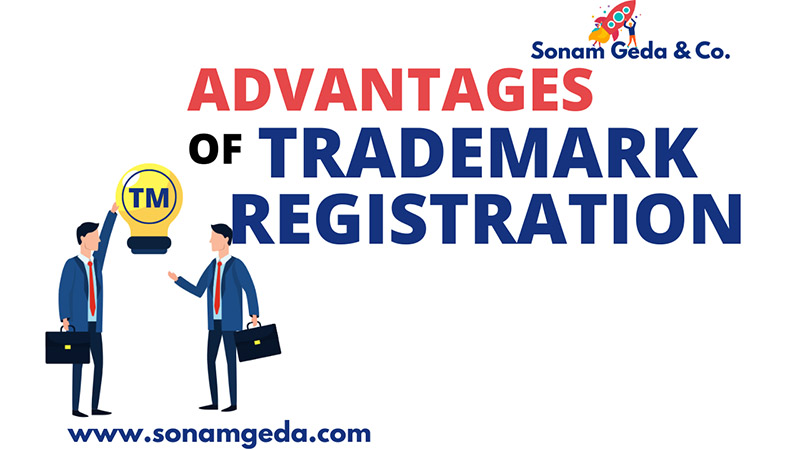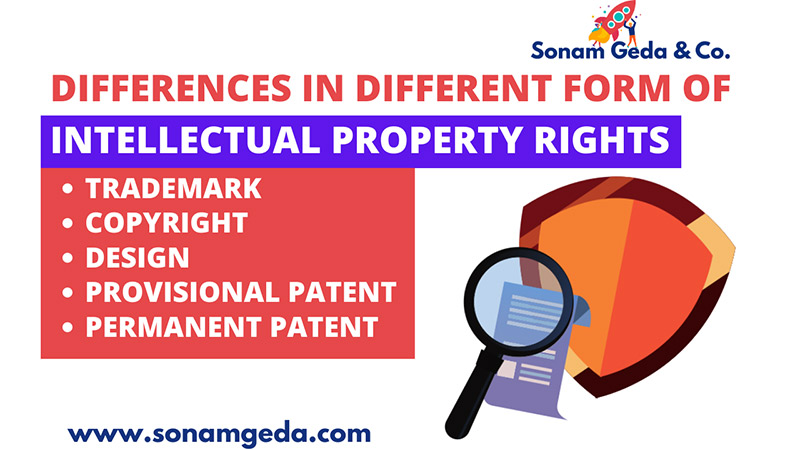Trademark Class
What is Trademark Class?
TRADEMARK CLASIFICATION
• The first step and key element for Trademark registration is appropriate Trademark classification of class which is related to particular goods or services. We will help you to choose the correct class under which your product/ service falls. All the products & services are classified in total 45 classes by the Trademark Registry.
• All the 45 classes are broadly divided into 3 categories.
o Manufacturing: Class 1 to 34
o Trading: Class 35
o Services: Class 36 to 45


What are the reason for Trademark Classes?
The reason for the trademark classification is to specify which goods or services are covered under particular class.
• For example, if any person / entity is selling furniture with the brand name of ‘ABC’, then it will be covered under class 20 and applicant will file the application under the same class which is related to furniture goods. On the other hand if any other person/entity uses the mark “ABC” for medicines, then that is also allowed to use the mark “ABC” because medicines falls under different TM Class 5.
This concludes different owners can file trademark application under the different classes for the same brand name used by them.
• There is an exception that if the mark is well-known mark and even this mark come under only one class, yet another person/entity if wish to use well-known marks then that person/entity has to take prior permission of well-known mark’s owner.
Trademark Classes
- THE FOURTH SCHEDULE TO TRADE MARKS RULES, 2002
- Classification of goods and services – Name of the classes
- (Parts of an article or apparatus are, in general, classified with the actual article or apparatus, except where such parts constitute articles included in other classes).
- Class 1. Chemical used in industry, science, photography, agriculture, horticulture and forestry; unprocessed artificial resins, unprocessed plastics; manures; fire extinguishing compositions; tempering and soldering preparations; chemical substances for preserving foodstuffs; tanning substances; adhesive used in industry
- Class 2 . Paints, varnishes, lacquers; preservatives against rust and against deterioration of wood; colorants; mordents; raw natural resins; metals in foil and powder form for painters; decorators; printers and artists
- Class 3 . Bleaching preparations and other substances for laundry use; cleaning; polishing; scouring and abrasive preparations; soaps; perfumery, essential oils, cosmetics, hair lotions, dentifrices
- Class 4 . Industrial oils and greases; lubricants; dust absorbing, wetting and binding compositions; fuels(including motor spirit) and illuminants; candles, wicks
- Class 5 . Pharmaceutical, veterinary and sanitary preparations; dietetic substances adapted for medical use, food for babies; plasters, materials for dressings; materials for stopping teeth, dental wax; disinfectants; preparation for destroying vermin; fungicides, herbicides
- Class 6. Common metals and their alloys; metal building materials;
- transportable buildings of metal; materials of metal for railway tracks; non-electric cables and wires of common metal; ironmongery, small items of metal hardware; pipes and tubes of metal; safes; goods of common metal not included in other classes; ores
- Class 7 . Machines and machine tools; motors and engines (except for land vehicles); machine coupling and transmission components (except for land vehicles); agricultural implements other than hand-operated; incubators for eggs
- Class 8 . Hand tools and implements (hand-operated); cutlery; side arms; razors
- Class 9 . Scientific, nautical, surveying, electric, photographic, cinematographic, optical, weighing, measuring, signalling, checking (supervision), life saving and teaching apparatus and instruments; apparatus for recording, transmission or reproduction of sound or images; magnetic data carriers, recording discs; automatic vending machines and mechanisms for coin-operated apparatus; cash registers, calculating machines, data processing equipment and computers; fire extinguishing apparatus
- Class 10 . Surgical, medical, dental and veterinary apparatus and instruments, artificial limbs, eyes and teeth; orthopaedic articles; suture materials
- Class 11 . Apparatus for lighting, heating, steam generating, cooking, refrigerating, drying ventilating, water supply and sanitary purposes
- Class 12 . Vehicles; apparatus for locomotion by land, air or water
- Class 13 . Firearms; ammunition and projectiles; explosives; fire works
- Class 14 . Precious metals and their alloys and goods in precious metals or coated therewith, not included in other classes; jewellery, precious stones; horological and other chronometric instruments
- Class 15. Musical instruments
- Class 16 . Paper, cardboard and goods made from these materials, not included in other classes; printed matter; bookbinding material; photographs; stationery; adhesives for stationery or household purposes; artists' materials; paint brushes; typewriters and office requisites (except furniture); instructional and teaching material (except apparatus); plastic materials for packaging (not included in other classes); playing cards; printers' type; printing blocks
- Class 17 . Rubber, gutta percha, gum, asbestos, mica and goods made from these materials and not included in other classes; plastics in extruded form for use in manufacture; packing, stopping and insulating materials; flexible pipes, not of metal
- Class 18 . Leather and imitations of leather, and goods made of these materials and not included in other classes; animal skins, hides, trunks and travelling bags; umbrellas, parasols and walking sticks; whips, harness and saddlery
- Class 19 . Building materials, (non-metallic), non-metallic rigid pipes for building; asphalt, pitch and bitumen; non-metallic transportable buildings; monuments, not of metal.
- Class 20 . Furniture, mirrors, picture frames; goods(not included in other classes) of wood, cork, reed, cane, wicker, horn, bone, ivory, whalebone, shell, amber, mother- of-pearl, meerschaum and substitutes for all these materials, or of plastics
- Class 21 . Household or kitchen utensils and containers(not of precious metal or coated therewith); combs and sponges; brushes(except paints brushes); brush making materials; articles for cleaning purposes; steelwool; unworked or semi-worked glass (except glass used in building); glassware, porcelain and earthenware not included in other classes
- Class 22 . Ropes, string, nets, tents, awnings, tarpaulins, sails, sacks and bags (not included in other classes) padding and stuffing materials(except of rubber or plastics); raw fibrous textile materials
- Class 23 . Yarns and threads, for textile use
- Class 24 . Textiles and textile goods, not included in other classes; bed and table covers.
- Class 25 . Clothing, footwear, headgear
- Class 26 . Lace and embroidery, ribbons and braid; buttons, hooks and eyes, pins and needles; artificial flowers
- Class 27 . Carpets, rugs, mats and matting, linoleum and other materials for covering existing floors; wall hangings(non-textile)
- Class 28 . Games and playthings, gymnastic and sporting articles not included in other classes; decorations for Christmas trees
- Class 29 . Meat, fish, poultry and game; meat extracts; preserved, dried and cooked fruits and vegetables; jellies, jams, fruit sauces; eggs, milk and milk products; edible oils and fats
- Class 30 . Coffee, tea, cocoa, sugar, rice, tapioca, sago, artificial coffee; flour and preparations made from cereals, bread, pastry and confectionery, ices; honey, treacle; yeast, baking powder; salt, mustard; vinegar, sauces, (condiments); spices; ice
- Class 31. Agricultural, horticultural and forestry products and grains not included in other classes; live animals; fresh fruits and vegetables; seeds, natural plants and flowers; foodstuffs for animals, malt
- Class 32 . Beers, mineral and aerated waters, and other non-alcoholic drinks; fruit drinks and fruit juices; syrups and other preparations for making beverages
- Class 33 .Alcoholic beverages(except beers)
- Class 34 . Tobacco, smokers' articles, matches
- SERVICES
- Class 35 .Advertising, business management, business administration, office functions.
- Class 36 .Insurance, financial affairs; monetary affairs; real estate affairs.
- Class 37 . Building construction; repair; installation services.
- Class 38. Telecommunications.
- Class 39. Transport; packaging and storage of goods; travel arrangement.
- Class 40. Treatment of materials.
- Class 41. Education; providing of training; entertainment; sporting and cultural activities.
- Class 42. Scientific and technological services and research and design relating thereto; industrial analysis and research services; design and development of computer hardware and software.
- Class 43. Services for providing food and drink; temporary accommodation.
- Class 44. Medical services, veterinary services, hygienic and beauty care for human beings or animals; agriculture, horticulture and forestry services.
- Class 45. Legal services; security services for the protection of property and individuals; personal and social services rendered by others to meet the needs of individuals.


What is Trademark?
- A trademark is a intellectual property right which provides exclusive right to the brand of owner or business. A registered trademark is important intangible asset for any Business.
- Trademark is a mark which may be in any of the form i.e.logo, slogan, word, name, device, graphics which gives unique identification to you and your business.
- Trademark distinguish its brand name under appropriate category of goods or services from other similar products or services originating from a different business. It gives a protective cover of the business’s investment.
What is Trademark Classes?
The first step and key element for Trademark registration is appropriate Trademark classification of class which is related to particular goods or services. We will help you to choose the correct class under which your product/ service falls. All the products & services are classified in total 45 classes by the Trademark Registry.
What are the Categories of Trademark Classes?
All the 45 classes are broadly divided into 3 categories.
o Manufacturing: Class 1 to 34
o Trading: Class 35
o Services: Class 36 to 45
What are the reasons for Trademark Classes?
The reason for the trademark classification is to specify which goods or services are covered under particular class.
- For example, if any person / entity is selling furniture with the brand name of ‘ABC’, then it will be covered under class 20 and applicant will file the application under the same class which is related to furniture goods. On the other hand if any other person/entity uses the mark “ABC” for medicines, then that is also allowed to use the mark “ABC” because medicines falls under different TM Class 5. This concludes different owners can file trademark application under the different classes for the same brand name used by them.
- There is an exception that if the mark is well-known mark and even this mark comes under only one class, yet another person/entity if wish to use well-known marks then that person/entity has to take prior permission of well-known mark’s owner.
What are the examples of Trademark?
A trademark is an intellectual property right which provides exclusive right to the brand of owner or business. Some of the examples of trademark are Parle, Domino’s, Pizza hut, Spykar, etc.
What is Validity of Trademark?
The Trademark is Valid for 10 years and can be made perpetual by renewing it in every 10 years.
When one can use ™ & ® mark?
™ is used when registration is under process. ® is used when Trademark is registered.
What are the advantages of Trademark Registration?
- Credibility - A registered mark is an intangible asset for the business and it creates building up trust, reliability, quality, and goodwill in the minds of stakeholders.
- Business Opportunity - It provides a Business Opportunity to expand the business with the registered mark and gives unique identity in the market when it compared to other competitors especially to sell it on online platforms like Amazon, Flipkart, any e commerce business etc.
- Legal Protection cover - The registration of trademark gives the legal protection in the law from the person like copycats. If, by chance, someone tries to use your mark, you can file an opposition case against them for financial damages. you can take up the issue legally and sue them
- Unique Identity - The registered mark gives the better identity and good recognition in the market and customers will identify a product or service only with the brand name or logo. A unique and distinctive logo immediately grabs the attention of your customers.
- Intangible asset - The registered trademark creates valuable asset in the business which can be commercially contracted, sold and franchised to other person or any entity.
- Loyalty - A recognizable business logo/ Brand name builds brand loyalty as your business grows and it becomes familiar/popular in a large number of consumers. This popularity creates the impression that your brand is trustworthy and reliable.
Who is eligible to file an application for Trademark Registration?
A trademark application can be filed by any person or by legal entity ( private firms, individuals, companies, LLP’s, or NGO’s).It does not required to be Indian citizen or Indian Business and hence any foreign national or foreign entity can also apply for trademark registration in India without fulfilment of any other requirement.
What documents are required for Trademark Registration?
For Individual/Proprietorship Firm
- Soft copy of Logo (if Applicable)/ TM application can be filed for Word mark without logo.
- Identity proof of Applicant (PAN Card/ Aadhar card/ Voter Card/ Passport/ DL)
- Business registration document-(Shops Establishment License / GST Registration Certificate/Trade licence(anyone)
- Power of attorney to be signed by the applicant on Rs. 100 stamp paper with notary.
- Date of first use of the trademark in India, if used prior to applying along with affidavit for the same.
- If the mark contains or consists of non-English words, a translation of those words into English will be needed.
For Company/Partnership/LLP/NGO-Apart from above mentioned documents, following additional documents will also be required :
- Certificate of Incorporation/ Partnership Deed
- Board Resolution for authorization (for companies only)
- MSME Certificate (if any)
What is difference between Trademark and different form of Intellectual Properties?
A detailed comparative chart of difference between various forms of intellectual properties can be found at the end of this page.
Difference in Different Form of Intellectual Property Rights
Videos on Logo Registration
To view video, click on image
Other Related Videos
To view video, click on image
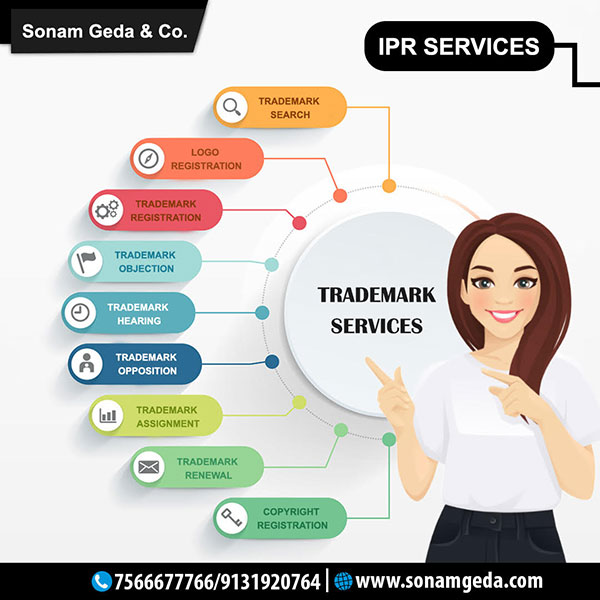
Subscribe Our Newsletter
Get useful latest news & other important update on your email.






